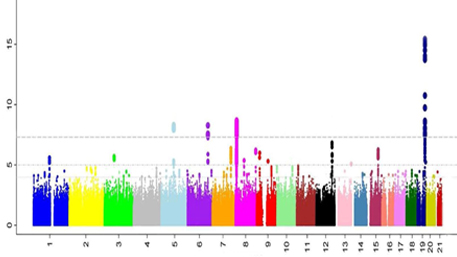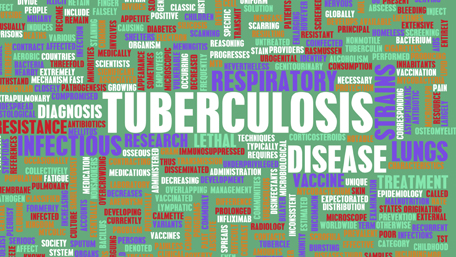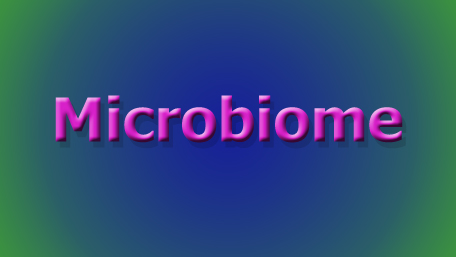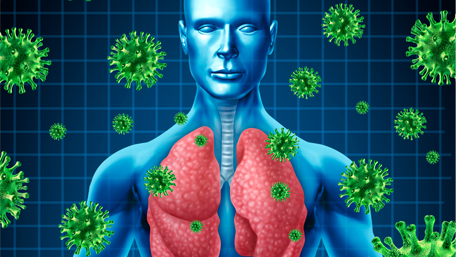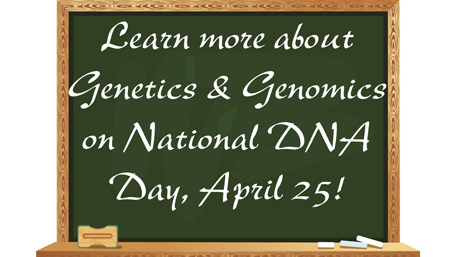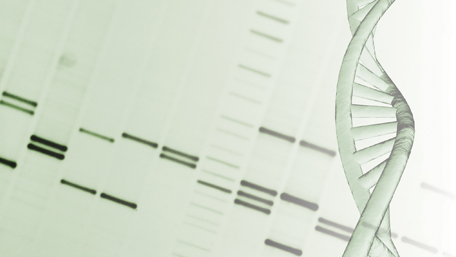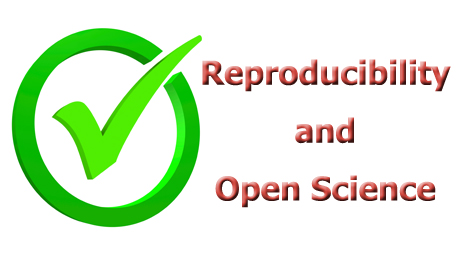
11/07/2019
Hot Topics of the Day are picked by experts to capture the latest information and publications on public health genomics and precision health for various diseases and health topics. Sources include published scientific literature, reviews, blogs and popular press articles.
Sign up MyPHGKB to receive the daily hot topic email alert.
Archived Hot Topics of the Day By Date
Doctors try CRISPR gene editing for cancer, a 1st in the US
M Marchione, Washington Post, November 6, 2019
CRISPR Approach To Fighting Cancer Called 'Promising' In 1st Safety Test
R Stein, NPR, November 6, 2019
Crispr Takes Its First Steps in Editing Genes to Fight Cancer
D Grady, NY Times, November 6, 2019
Genome-Wide Association Studies
X Guo et al, JAMA, November 5, 2019
High-resolution mapping of tuberculosis transmission: Whole genome sequencing and phylogenetic modelling of a cohort from Valencia Region, Spain.
Xu Yuanwei et al. PLoS medicine 2019 Oct (10) e1002961
Comparison of oral microbiome profiles in stimulated and unstimulated saliva, tongue, and mouth-rinsed water
R JO et al, Scientific Reports, November 6, 2019
The Search for a Universal Flu Vaccine Heats Up
J Abbasi, JAMA, November 6, 2019
Machine Learning and Natural Language Processing for Geolocation-Centric Monitoring and Characterization of Opioid-Related Social Media Chatter
A Sarker et al, JAMA Network Open, November 6, 2019
2020 Question (Ancestry Testing)
ASHG, November 2019
GPs are advised to ignore genetic test results that have no clinical basis
E Mahase, BMJ, November 2019
Position Statement on Direct to Consumer Genetic Testing
Royal College of General Practitioners, November 2019
Better methods can’t make up for mediocre theory
P Smaldino, Nature, November 6, 2019
Disclaimer: Articles listed in Hot Topics of the Day are selected by Public Health Genomics Branch to provide current awareness of the scientific literature and news. Inclusion in the update does not necessarily represent the views of the Centers for Disease Control and Prevention nor does it imply endorsement of the article's methods or findings. CDC and DHHS assume no responsibility for the factual accuracy of the items presented. The selection, omission, or content of items does not imply any endorsement or other position taken by CDC or DHHS. Opinion, findings and conclusions expressed by the original authors of items included in the Clips, or persons quoted therein, are strictly their own and are in no way meant to represent the opinion or views of CDC or DHHS. References to publications, news sources, and non-CDC Websites are provided solely for informational purposes and do not imply endorsement by CDC or DHHS.
- Page last reviewed:Feb 1, 2024
- Page last updated:Apr 25, 2024
- Content source:



